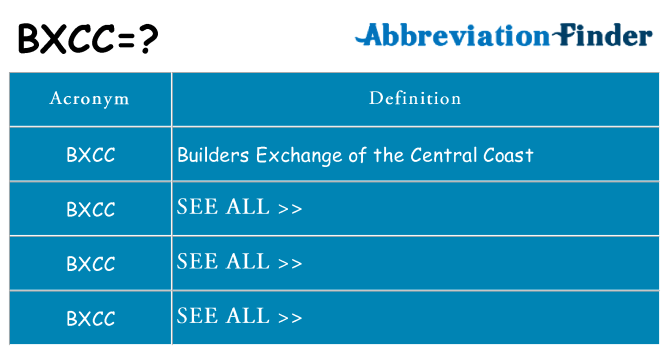In contrast, the return on equity integrate with xero can provide insight into how effectively a company uses its assets to generate profits. The current ratio can also analyze a company’s financial health over time. Let’s say that Company E had a current ratio of 1.5 last year and a current ratio of 2.0 this year.
This means the company has $2 in current assets for every $1 in current liabilities, indicating that it can pay its short-term debts and obligations. They include accounts payable, short-term loans, taxes payable, accrued expenses, and other debts a company owes to its creditors. Current liabilities are also reported on a company’s balance sheet and are typically listed in order of when they are due.
For example, a retailer may have higher inventory levels leading up to the holiday season, which can impact its current ratio. Therefore, understanding a company’s seasonality is crucial when evaluating its current ratio. A company with a consistently high current ratio may be financially stable and well-managed. In contrast, a company with a consistently low current ratio may be considered financially unstable and risky. Let’s look at examples of how the current ratio can be used to evaluate a company’s financial health.
At the end of 2022, the company reported $154.0 billion of current liabilities, almost $29 billion greater than current liabilities from 2021. For example, a company may have a very high current ratio, but its accounts receivable may be very aged, perhaps because its customers pay slowly, which may be hidden in the current ratio. Analysts also must consider the quality of a company’s other assets vs. its obligations. If the inventory is unable to be sold, the current ratio may still look acceptable at one point in time, even though the company may be headed for default. In other words, it is defined as the total current assets divided by the total current liabilities. Another way a company may manipulate its current ratio is by temporarily reducing inventory levels.
The current ratio measures a company’s ability to meet short-term obligations. Companies that focus only on short-term financial health may miss important information about the company’s long-term financial health. For example, a company may have a good current ratio but difficulty remaining competitive long-term without investing in research and development. Excess inventory can tie up cash and reduce a company’s ability to meet short-term obligations. A company can reduce inventory levels and increase its current ratio by improving inventory management. Companies may need to maintain higher levels of current assets in industries more sensitive to economic conditions to ensure they can weather economic downturns.
Example 3: Industry Comparison
For example, a normal cycle for the company’s collections and payment processes may lead to a high current ratio as payments are received, but a low current ratio as those collections ebb. Calculating the current ratio at just one point in time could indicate that the company can’t cover all of its current debts, but it doesn’t necessarily mean that it won’t be able to when the payments are due. On the flip side, if the current ratio falls below 1, it could be a red flag. This indicates that the company might not have enough short-term assets to settle its debts as they come due. This could lead to liquidity problems, which might require the company to borrow more or sell assets at unfavorable terms just to keep the lights on.
- The current ratio provides the most information when it is used to compare companies of similar sizes within the same industry.
- It aids in evaluating a firm’s financial health and ability to cover immediate debts.
- However, it is essential to note that a trend of increasing current ratios may not always be positive.
- The current ratio is most useful when measured over time, compared against a competitor, or compared against a benchmark.
- This suggests that Company E has improved its ability to pay its short-term debts and obligations over the past year.
- For example, a recession may lead to lower sales and slower collections, impacting a company’s ability to meet its short-term obligations.
Balance Sheet Assumptions
Finally, we’ll answer some frequently asked questions, including what happens if the current ratio is too high and whether the current ratio can be manipulated. So, let’s dive into our current ratio guide and explore this essential financial metric in detail. A lower quick ratio could mean that you’re having liquidity problems, but it could just as easily mean that you’re good at collecting accounts receivable quickly.
How does Working Capital relate to liquidity?
One limitation of the current ratio emerges when using it to compare different companies with one another. Businesses differ substantially among industries; comparing the current ratios of companies across different industries may not lead to productive insight. A current ratio that is in line with the industry average or slightly higher is generally considered acceptable.
The Current Ratio is a measure of a company’s near-term liquidity position, or more specifically, the short-term obligations coming due within one year. In the first case, the trend of the current ratio over time would be expected to harm the company’s valuation. Meanwhile, an improving current ratio could indicate an opportunity to invest in an undervalued stock amid a turnaround. Changes in the current ratio over time can often offer a clearer picture of a company’s finances. A company that seems to have an acceptable current ratio could be trending toward a situation in which it will struggle to pay its bills. Conversely, a company that may appear to be struggling now could be making good progress toward a healthier current bookkeeping services honolulu ratio.
Here, we’ll go over how to calculate the current ratio and how it compares to some other financial ratios. Therefore, applicable to all measures of liquidity, solvency, and default risk, further financial due diligence is necessary to understand the real financial health of our hypothetical company. Another practical measure of a company’s liquidity is the quick ratio, otherwise known as the “acid-test” ratio. The range used to gauge the financial health of a company using the current ratio metric varies on the specific industry.


